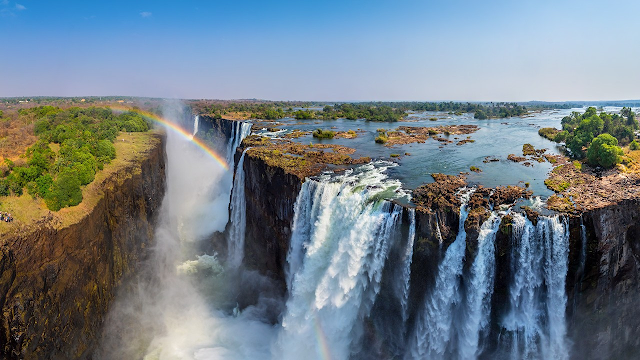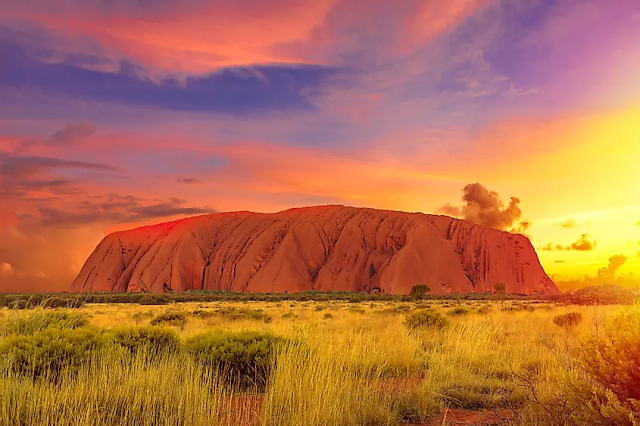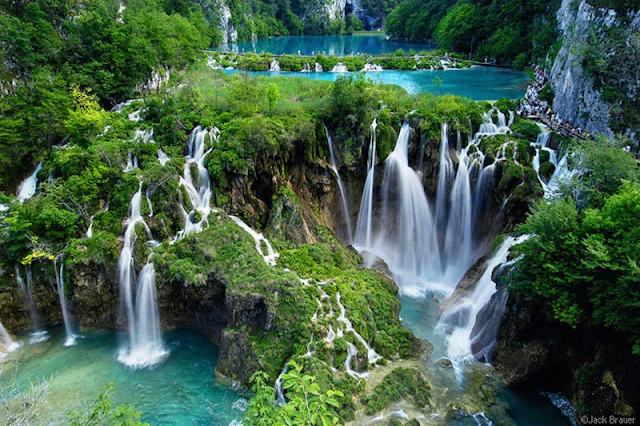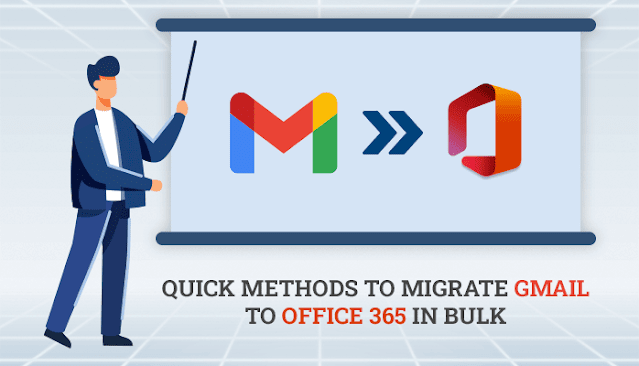17 Most Stunning Must-See Places On Earth
From towering peaks and vast oceans to underground caverns and tropical islands, Earth is home to a wide variety of breathtaking landscapes and natural wonders. These are the most spectacular locations on Earth that you must see for yourself.
Get Out and See the Natural Beauty That Surrounds You
There are many beautiful and exciting places to visit in nature. It is nature at its finest: lush forests, vast oceans, dark caves, and towering cliffs. There's a wide variety of environments, climatic zones, geological formations, peculiar water phenomena, and other wonders of nature to take in.
Many of the most beautiful spots on Earth are located in secluded areas, which is not unexpected given that society and unspoiled environments don't often get along. It, however, serves only to enhance their allure and demonstrates the splendor of our world. Before you read on, check the difference between travel and tourism at the difference.wiki. Although these words sound similar, they have different meanings.
A Different Kind of Tourism
If you're tired of the same old vacation spots and boring hotels, why not shake things up and try something new? Seeing the world's natural beauties and visiting far-flung destinations is a once-in-a-lifetime opportunity. Those who would rather have an exciting vacation than mere relaxation might consider this option.
Many of the world's most magnificent natural features are found in inaccessible locations, making this style of exploration suited to the physically fit and adventuresome. That doesn't mean you must be in tip-top shape to see the world's wonders, though.
Thankfully, governments have acknowledged these areas' beauty, and the landmarks are frequently included on tourist maps.
Even if you are not a particularly daring person, you may still enjoy visiting many of these landmarks because convenient lodging and well-planned tours are available. That is to say, the next time you decide on a vacation destination, you can take advantage of both creature comforts and outdoor adventure.
The World's 17 Most Beautiful Places
Listed below are some of the world's most breathtaking natural wonders, all of which you should see at least once in your lifetime. It is not a ranking of the most significant and most impressive destinations. Thus the order in which they appear is entirely arbitrary. There are so many amazing things to see and do on Earth that picking just a few is next to impossible. But there are some landmarks and sights that must be missed.
These are the world's most breathtaking landscapes and natural wonders.
1. Victoria Falls, Zambia, and Zimbabwe
The Victoria Falls in Africa is pretty breathtaking. This African wonder, situated on the border between Zambia and Zimbabwe, is widely regarded as the world's highest. Stunning landscapes may be seen on both banks of the river Zambezi over a level plateau in this region. There is a spectacular waterfall where the river drops dramatically due to a fracture zone in the plateau. The width of the drop is about 1700 meters, making Victoria Falls one of the world's most stunning natural attractions.
Water falls from 80 to 108 meters, plunging basalt cliffs. In the rift, you'll find several tiny islets and two larger islands. Several minor waterfalls have formed as a result of the islands and islets. It's also possible to view a Moonbow at Victoria Falls, an uncommon occurrence on our planet (a lunar rainbow).
2. Mount Roraima, Venezuela, Guyana, and Brazil
Mount Roraima, a member of the Pakaraima mountain series, is one of the most breathtaking natural wonders in South America. The Mountain's peak is 31 square kilometers, and its cliffs are 400 meters high. Venezuela, Guyana, and Brazil use this odd geological formation as a border.
Canaima National Park includes Mount Roraima. The Park's mountains have some of the oldest rocks on Earth. The plateau atop Mount Roraima provides breathtaking views in every direction, stretching hundreds of kilometers.
3. Santorini's Volcanic Landscapes, Greece
One of the Greek islands in the Mediterranean is exceptionally breathtaking. Santorini, or Thera, is a Greek island just north of Crete that is a beautiful illustration of how volcanoes may shape a region; what we see now as the island was formed by a volcanic eruption 3,600 years ago at the time of the Minoans.
In the wake of the eruption, the island's original landmass disintegrated into the sea, leaving behind a massive center lagoon surrounded by volcanic cliffs. Santorini is a fantastic place to visit due to its volcanic scenery and breathtaking views of the Mediterranean Sea.
Moreover, some of the world's most beautiful and unusual beaches are here, dotted with black and red volcanic rocks.
4. Preikestolen, Norway
Preikestolen, in Norway, is a cliff that towers over 600 meters over the Lysefjorden fjord and is also known as "Preachers Pulpit." As a result, it is one of Norway's most visited tourist spots and a prime location from which to take in the country's breathtaking scenery.
The only way to the top of the cliff is a three-kilometer trek, making this a fantastic choice for people seeking excitement and exercise on their vacation.
5. Rainbow Mountains, China
The Zhangye Danxia National Geological Park in China is home to the Rainbow Mountains. The rocks in these mountains come in a wide variety of colors, from red to orange, yellow to brown, and even blue and grey. There are hundreds of meters of elevation gain due to the height of the cliffs.
People from around China agree that the Rainbow Mountains are among the most beautiful landscapes in the country.
The sandstone and other mineral formations that make up the Zhangye Danxia Mountains took over 20 million years to form. Time and the elements, including wind and rain, shaped the rocks and gave them their unique hues and patterns.
6. Blue Hole, Belize
The term "blue hole" refers to a certain type of enormous underwater cavern that leads directly to the ocean's surface. They continue far below the water's surface, possibly including caverns and other underwater tunnels. A massive marine sinkhole in Belize, Blue Hole, is also known as The Great Blue Hole.
The Caribbean is home to one of the world's most spectacular natural wonders. If you see any blue hole, make it the Great Blue Hole. You may find it in the middle of Lighthouse Reef, a tiny atoll off the coast of Belize. Almost round in shape, The Hole extends more than a hundred meters below the ocean's surface.
7. The Ice Cave of Vatnajökull, Iceland
The Vatnajökull ice cap, also known as the Vatna Glacier, is the second largest ice cap in all of northern Europe. Vatnajökull, in southeast Iceland, is home to breathtaking ice tunnels that stretch hundreds of meters in all directions. The caves have earned the nickname "the Crystal Caves" due to the glimmering experience they provide.
Simply put, this is one of the most breathtaking ice-related and cold-climate-related natural phenomena ever observed. Spread out over a massive region of around 8,000 square miles, and the glacier is home to many explorable ice caves. When you next visit Iceland, schedule a tour of the Crystal Caves.
8. Maldives' Vaadhoo Sea of Stars
It's no secret that the marine bioluminescence off the coast of Vaadhoo island in the Maldives is unparalleled. The ocean around Vaadhoo island is so bright and sparkling at night that it has earned the nickname "the Sea of Stars," It can be seen from any of the island's beaches.
Marine bioluminescence is caused by phytoplankton that causes algae to glow brightly when disturbed. It is a protective strategy meant to confuse any would-be attackers. Vaadhoo island is the best place to experience the Sea of Stars during the summer.
9. Uluru / Ayers Rock, Australia
Uluru, often called Ayers Rock, is a massive sandstone outcrop in Australia's central outback. In terms of size, it is up there with the world's most giant monoliths.
The granite outcrop towers over the flat landscape below it, serving as the most prominent geological feature in the area. The Anangu people hold Uluru in the highest regard and often conduct ceremonies there.
The Uluru-Kata Tjuta National Park includes both Uluru and the nearby, equally magnificent Kata Tjuta. Uluru has a radius of more than 9 kilometers and a height of more than 300 meters. Its color shifts throughout the hours of the day, and particularly towards sunset. Numerous rock caves and waterholes can be found in this region.
10. The Grand Canyon, USA
Awe-inspiring geological structures may be found in the United States, and the Grand Canyon is undoubtedly among them.
The Colorado River has been cutting its way through the rocks of Arizona for millions of years, creating the canyon. Canyons are continually widened and deepened by the river and its tributaries, who carve out new channels and tunnels in the rock.
At almost 400 km in length, about 30 km in width, and more than 1800 m in depth, the Grand Canyon is one of the world's largest canyons. Native Americans have lived in this region for eons.
A popular spot for outdoor activities like camping and hiking, as well as tourism, the area has become a significant tourist destination in recent years.
General Carrera Lake in Argentina and Chile is home to 11 beautiful marble caves.
It is widely agreed that the Marble Caverns on General Carrera Lake in Patagonia are the world's most beautiful caves. The Marble Cathedral is another name for this underground landmark. This cave system is a popular tourist destination, and for a good reason: its spacious caverns and stunning wave-carved sculptures are a sight to behold.
11. Marble Caves at General Carrera Lake, Argentina, and Chile
On a peninsula in the center of the glacial lake stands the location of the caves—the lake and peninsula separate Chile and Argentina.
The caves got their name, Marble Caves, from how the lake's reflection looks on the cave walls. The reviews will appear anywhere from turquoise to deep blue depending on the time of year, the amount of sunlight, and the water temperature.
12. Enchanted Well, Chapada Diamantina, Brazil
The Enchanted Well, located in Brazil's Chapada Diamantina National Park, is breathtaking. Magnificent waterfalls and stunning tunnels with pools may be seen all over this natural Park. The hypnotic hues of one of those ponds are what draws attention to it.
The Enchanted Well is an open pool with a depth of 30 meters located in one of the cave tunnels. You can make out pebbles and tree trunks on the bottom of the pool thanks to its crystal clarity.
When the sun shines through the cracks in the rock and lights the water, creating a blue reflection, the scene is at its most captivating. The pool's evocative moniker comes as no surprise.
13. The Hopewell Rocks, Canada
Hopewell Rocks are awe-inspiring outcrops in New Brunswick, Canada. The tides eroded these rocks into beautiful formations that now soar from the sea.
The tides in the Bay of Fundy cause the water to cover the rocks twice daily. Therefore, they vanish and then resurface again. Go at low tide to see these magnificent rock formations from solid ground.
The variety of birds found in The Rocks is one of the reasons for the area's fame. Erosion of the cliffs is what gives the Hopewell Rocks their distinctive forms.
14. Salar De Uyuni, Bolivia
One of the most breathtaking natural features in this part of the world is the salt flats surrounding the area. Located in Bolivia, Salar de Uyuni is the world's largest salt flat. This salt flat in Bolivia is all that's left of an ancient lake. In this region, you'll find unusual rock formations and isolated islets.
Even though animals are hard to come by in this part of Bolivia, the Salar de Uyuni is frequented by pink flamingos that utilize it as nesting habitat. When the sun touches the salty surface, the scenery is breathtaking.
15. Avatar Hallelujah Mountain, China
Hallelujah Mountain from Avatar is an incredible sandstone monolith in China's Zhangjiajie National Forest Park. The towering pillar towers over the surrounding area by more than a kilometer.
This beautiful Park is home to many towering geological formations, the highest of which is Avatar Hallelujah Mountain. Physical erosion, primarily from expanding ice and plants that grow on the rocks, shaped the Mountain and the other pillars.
The pillar, formerly known as the Southern Sky Column, was renamed in honor of the movie "Avatar" because it was the basis for the "Hallelujah Mountains" in that film. Zhangjiajie National Forest Park's landmark Mountain and neighboring pillars are hidden from view by a thick canopy of trees and shrubs.
Traditional Chinese artwork often features pillars since they are one of China's most visually arresting natural features.
16. Pamukkale, Turkey
Pamukkale, the Turkey, is a popular tourist destination due to its spectacular falling cliffs and mineral-rich hot waters. The water's rapid cooling as it rushes down the cliffs leaves behind stunning layers of pure white calcium. One of the most spectacular natural sights in the area, these pools completely dominate the landscape.
It is believed that the Romans were the first to use Pamukkale as a spa. Pamukkale has evolved into a world-renowned hotel and a significant tourist destination. Since 1988, UNESCO has recognized it as a World Heritage Site.
17. Plitvice Lakes, Croatia
There are few lake systems as beautiful as Croatia's Plitvice Lakes. The stunning panorama results from the 16 lakes being placed on a plateau between two mountain ranges. There are a total of 24 lakes, 12 in the top cluster and 4 in the lower group, with the upper lakes being significantly larger on average. Stunning waterfalls may be found throughout the system of lakes, which are all connected.
The Lakes and the surrounding woodlands are famous for their natural beauty. The lakes' varying shades of blue, green, and azure are among their most striking characteristics. The sunshine, water level, minerals, and organisms in the water all play a role in the varying colors of the Lakes.It is one of the few spots on Earth where you can see a Mooonbow, along with Victoria Falls (lunar rainbow).


















